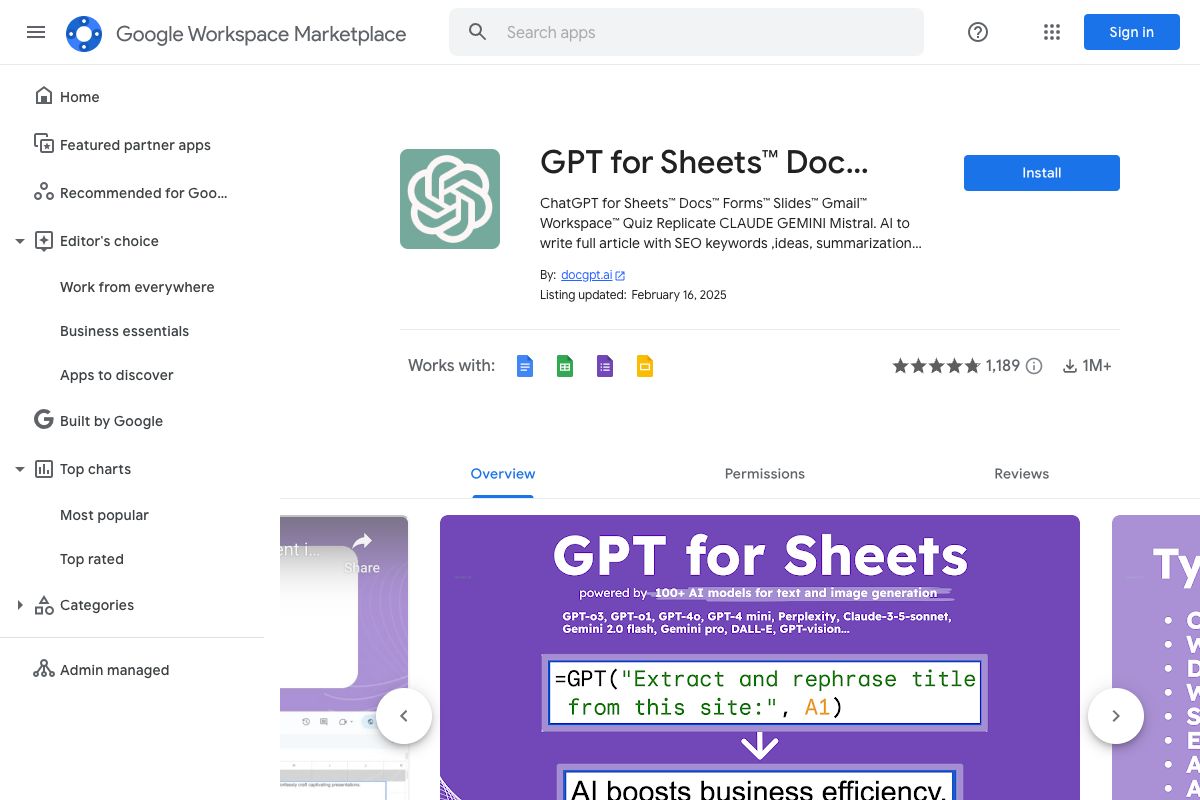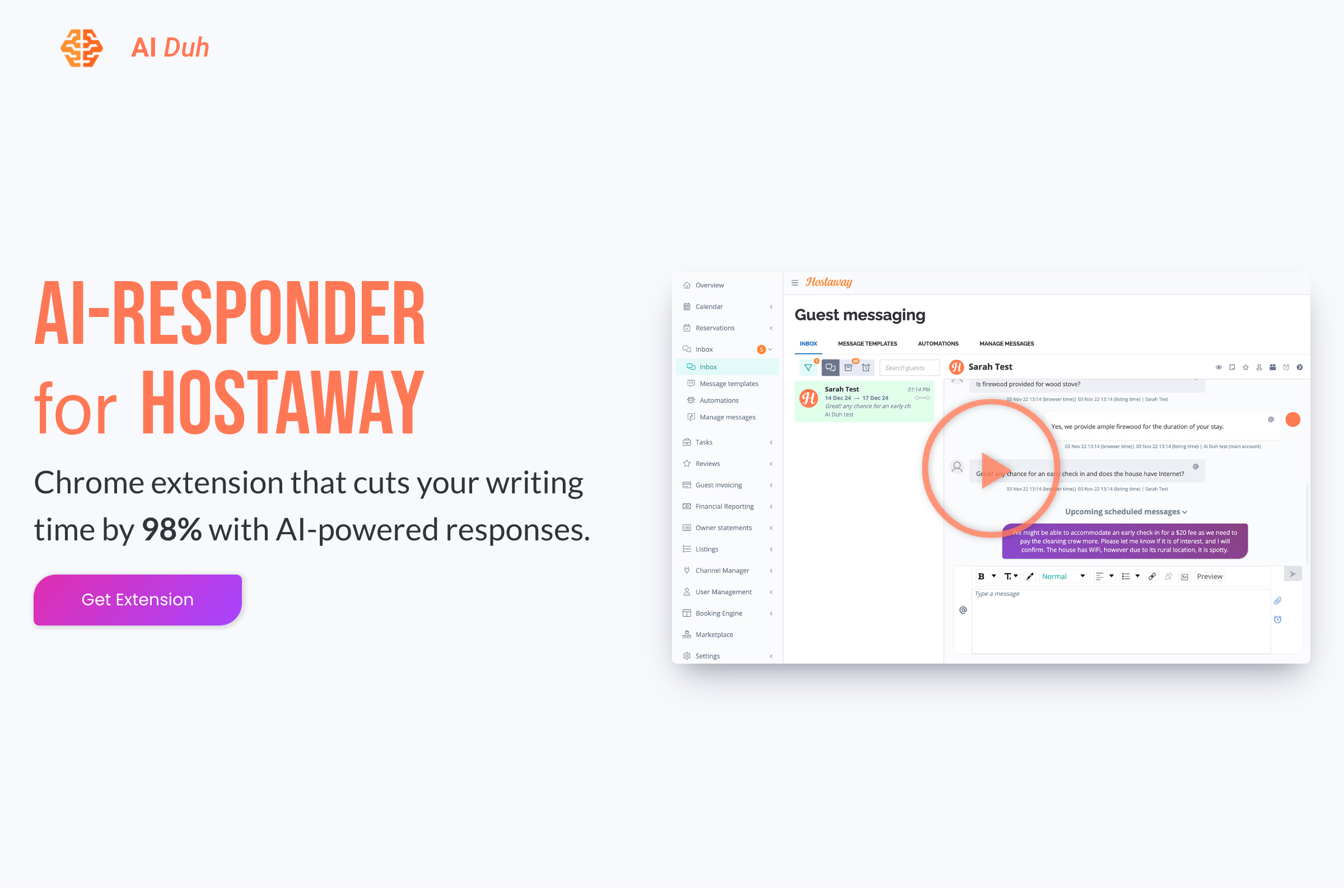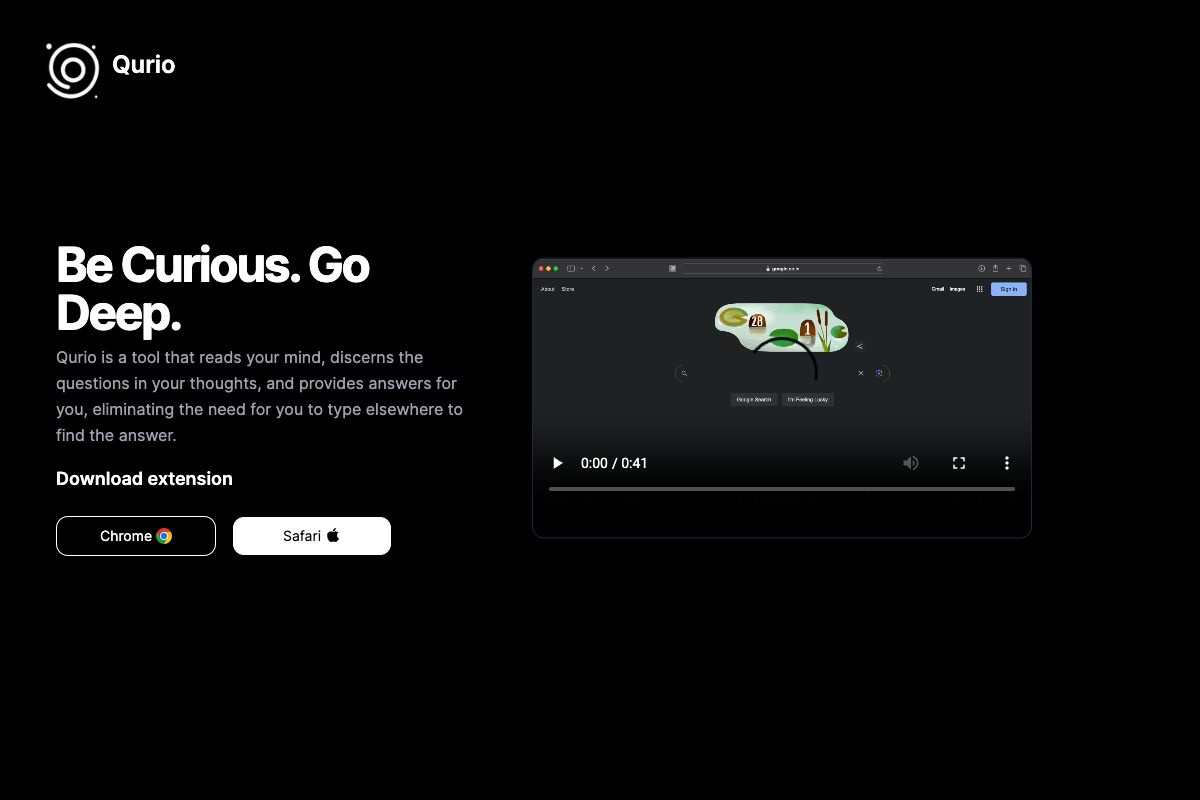Imaginary Programming
Key Features
Pros
- Eliminates the need for a specialized ML team
- Integrates easily with existing TypeScript projects
- Generates structured output directly
- Facilitates new problem-solving capabilities
- Allows incremental intelligence addition
Cons
- Requires understanding of TypeScript
- Dependent on the quality of GPT
- May not handle highly complex logic
- Internet-based dependency
- Limited to textual data processes
Frequently Asked Questions
What is the core function of Imaginary Programming?
It allows frontend developers to harness AI capabilities by using OpenAI's GPT to perform tasks related to text, through TypeScript function prototypes.
How does Imaginary Programming differ from GitHub Co-Pilot?
While Co-Pilot accelerates solving existing problems, Imaginary Programming enables tackling new problems by structuring unstructured data and adding AI insights.
Do I need an ML team to use Imaginary Programming?
No, Imaginary Programming lets developers add AI capabilities without needing a dedicated machine learning team.
What types of tasks can Imaginary Programming perform?
It can generate text, classify data, and extract structured data from unstructured language.
Is Imaginary Programming restricted to any programming languages?
It is primarily focused on integration with TypeScript projects.
Can Imaginary Programming work with existing projects?
Yes, it can integrate with existing node, next.js, and React projects.
What kind of output can developers expect?
Developers receive structured JSON data that aligns with specified function prototypes.
Is Imaginary Programming suitable for complex AI tasks?
While it handles various text-based tasks effectively, it may not manage highly complex AI logic without further development.
What documentation is available for new users?
Documentation is likely provided, and users can try the tool in an online Playground.
Can Imaginary Programming process non-textual data?
It is designed to handle tasks involving text and is not suited for non-textual data processes.






